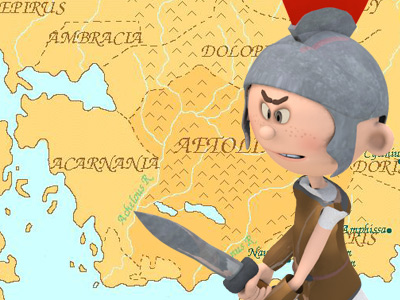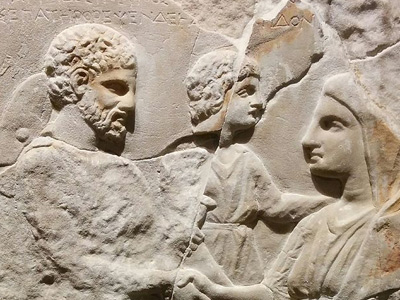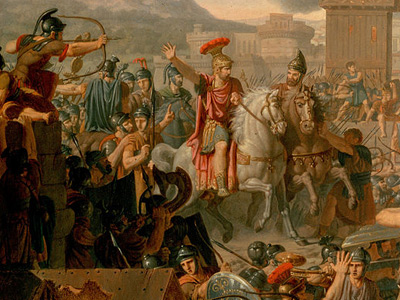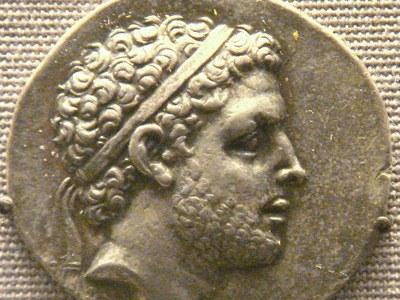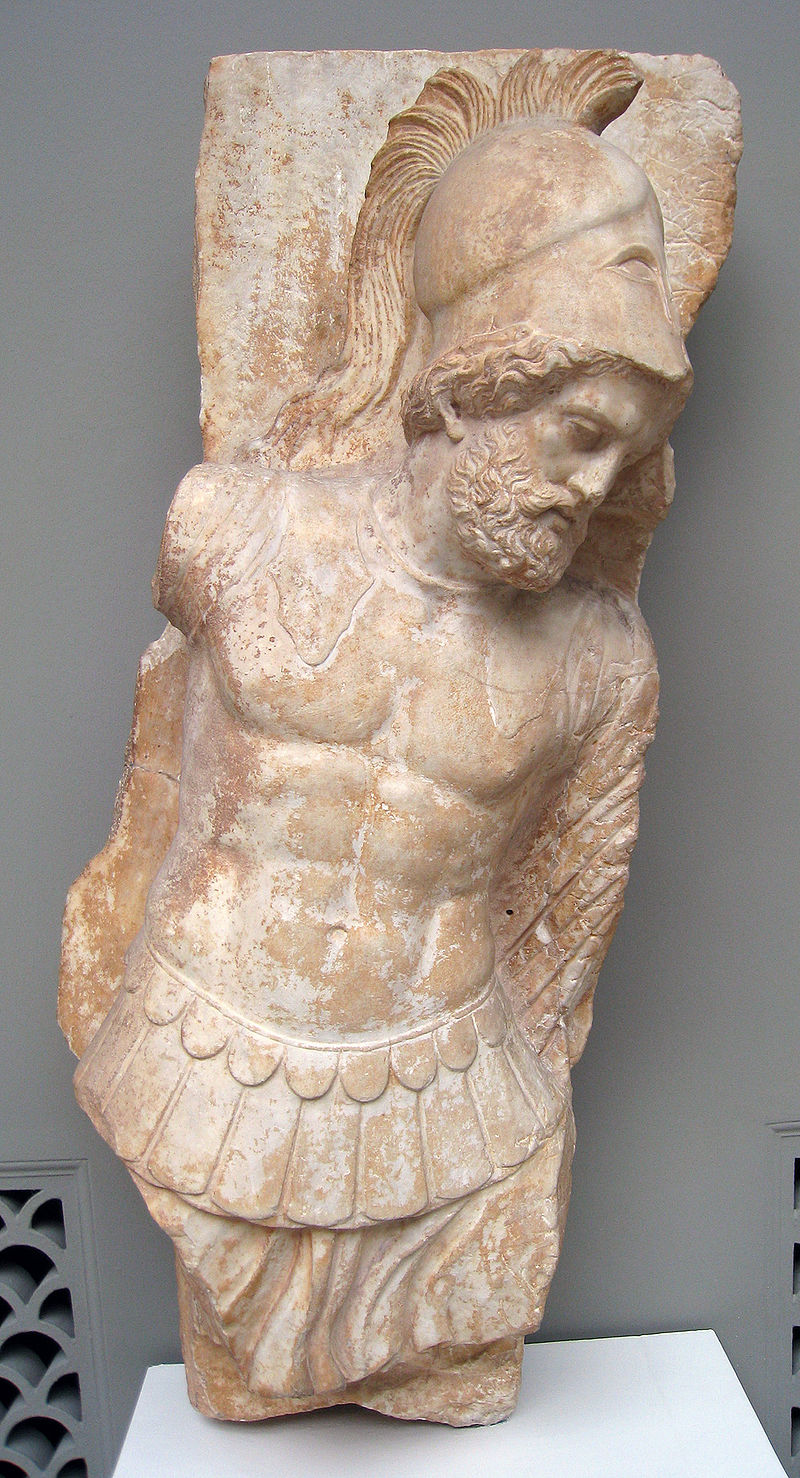Third Macedonian War (171–168 BC)
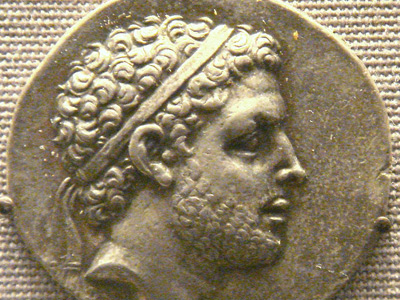
Preparations for War and Diplomatic Missions
The consuls for 171 BC were Publius Licinius Crassus and Gaius Cassius Longinus. Macedon was assigned to Pulbius Licinius and the command of the fleet was assigned to the praetor Gaius Lucretius.
Two legions were assigned for Macedon and the number of men for each was be 6,000 instead of the usual 5,200. The troops of Italian allies were 16,000 infantry and 800 cavalry. Envoys were sent to confer with the Greek states. They received the support of Epirus, in western Greece, and Aetolia and Thessaly, in central Greece. The main Boeotian cities, though divided between a pro-Roman and a pro- Perseus faction, decided to break the treaty with Perseus and sided with Rome. This caused the brake up of the league of Boeotian cities as some of them supported Perseus. In Rhodes a new leader persuaded the island to ally with Rome. Gentius, the king of Illyria, remained non-committal.
A commission was sent to Greece to examine the situation there. Perseus invited one of the commissioners, Marcius, for a meeting. He denounced the allegations of Eumenes and others and claimed that his international relations were not aimed at preparing for war. Marcius advised him to send an embassy to Rome and arranged an armistice to guarantee the safe passage of the envoys. He did this because it suited Rome as she was not ready for war. The army was being prepared and had not gone to Greece yet.
Many senators were pleased with the diplomatic achievements of the commissioners when they arrived to Rome. However, the older senators disapproved of the new policy of diplomatic machinations, which they saw as not true to the honour and courage of the character of the Romans The Roman Republic was a form of government of Rome and the era of the classical Roman civilization when it was run through public representation of the Roman people. Beginning with the overthrow of the Roman Kingdom (traditionally dated to 509 BC) and ending in 27 BC with the establishment of the Roman Empire, Rome's control rapidly expanded during this period - from the city's immediate surroundings to hegemony over the entire Mediterranean world. and called for military action. As a result, 50 ships were sent to Greece and 2,000 troops were sent to occupy Larissa, the capital of Thessaly, to prevent Perseus from garrisoning the city. The ambassadors of Perseus arrived in Rome to argue for peace. The senate was not persuaded by the arguments and they were ordered to leave Italy.
The Roman Republic was a form of government of Rome and the era of the classical Roman civilization when it was run through public representation of the Roman people. Beginning with the overthrow of the Roman Kingdom (traditionally dated to 509 BC) and ending in 27 BC with the establishment of the Roman Empire, Rome's control rapidly expanded during this period - from the city's immediate surroundings to hegemony over the entire Mediterranean world. and called for military action. As a result, 50 ships were sent to Greece and 2,000 troops were sent to occupy Larissa, the capital of Thessaly, to prevent Perseus from garrisoning the city. The ambassadors of Perseus arrived in Rome to argue for peace. The senate was not persuaded by the arguments and they were ordered to leave Italy.
Gaius Lucretius, the commander of the fleet set off with 40 ships. He got 10 vessels from allies in southern Illyria at Dyrrhachium (modern Durrës, Albania) and 54 light vessels which belonged to Gentius, which he assumed had been assembled for the Romans. He reached Cephallania (Cephalonia, an island in the Ionic Sea) where he was joined by seven ship from the Italian allies. He then went to the island of Corfu. The consul crossed the sea from Italy and encamped with his force near Apollonia, on the western coast of Greece.
Perseus assembled his whole army at Citium, a Macedonian town. He had 39,000 infantry, half of which were the phalanx (heavy infantry). There were 3,000 Cretans, 3,000 men from Agrianes, Paeonia and Parstrymonia (a Thracian area around the River Strymon, in modern Bulgaria), 3,000 Thracians, 2,000 Gauls and 500 men from various Greek states. There were 3,000 Macedonian cavalry and 1,000 Thracian cavalry.
HISTORY
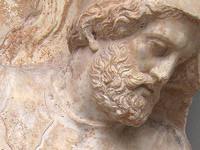
RESOURCES
This article uses material from the Wikipedia article "Third Macedonian War (171–168 BC)", which is released under the Creative Commons Attribution-Share-Alike License 3.0.
© Stories Preschool. All Rights Reserved.
